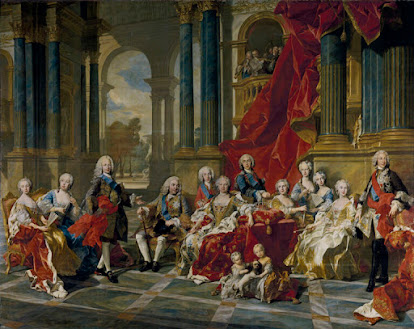Art Analysis by a Nonexpert Who's Fonded Over a Pond
THE ART
Water Lily Pond was painted around 1900 by Claude Monet in which it originated in France. This piece has been exhibited in several museums as well. The painting is an oil on canvas, with the dimensions of 89.8 x 101cm. Monet bought a property in Giverny, a village within the regions of Normandy. There he began his creation of a beautiful garden, including a pond behind his house. This pond had a Japanese-style wood bridge going across it, surrounded by all kinds of plants. He was famous for water lilies and this garden being "one of his principal subjects for the rest of his life." (Water Lily Pond) This wasn't the only piece that had correlation with his garden but 18 similar versions were created within 1899-1900. He created a theme throughout; the circulation of the lilies with reflection amongst other vegetation. This piece has seen many exhibits throughout France, the U.S. and more, while also being in museums.
Analysis
This painting creates a sense of tranquility and peace. If I were to see this piece in person I can just imagine a fresh breeze with a smell of flowers. Also imagining the texture of the grass, lilies, trees, leaves and more. It seemed as Monet "loved water lilies because he saw them as a kind of natural bridge between garden, water and sky." (Thimmesch) There are several elements used to create this painting in which makes it so famous.
Texture:
The use of different strokes of his paint brush and colors create a obvious view of texture. As you can look at the lilies in the water you can see the roughness and smoothness of the paint and stroke of the brush. As this is an optical textured piece, and you can see that Claude's goal was to show the importance and drawn eye to the lilies as they look so realistic. Also for the grass surrounding the pond, they look very dense. This piece shows a lot of organic realistic touches and fluidness through each component.
Color:
The colors used within this painting instill a calming and quiet feeling. The color palette of different shades of greens, pinks and greys help invoke that feeling. While also using vibrant colors like yellow, orange, and the green to create a sense of vibrant and radiating nature. Color is seen throughout as various shades are used to create the reflection, the grass, the bridge, the sun hitting the pond. Color created the form of this painting and the tone also created a sense of harmony as all of the colors balance out making it feel warm and inviting.
Line:
Linework is found in various forms throughout this painting. Line as energy, texture, tone and form are all shown. Line through tone and form are created by use of straight and think lines, to thin lines to create a highlight. The curved line of the bridge also creates a feeling of comfort and ease. As thick, thin and freehand lines are prominent, it creates that depth and understanding of what the artist felt and saw. Line as texture is obvious and touched on, as thick and thin lines are able to create definition and depth, shown through the grass surrounding the pond. The linework touches on many aspects of this painting and creates the feeling that I know exactly how it looks and feels.
My Thoughts
This painting is beautiful in my eyes as the simplicity and the background of this painting creates such a warm and comforting feeling. I definitely would own this piece to put in my home, as who wouldn't want a sense of warmth and comfort. Monet had many paintings that came from his garden as he also was a painter that consisted of humans and buildings as well. The story behind this painting makes me want to go to France to experience this kind of beauty in person.
References:
“Water Lily Pond.” The Art Institute of Chicago, 2024, www.artic.edu/artworks/87088/water-lily-pond.
Thimmesch, Debra. “The Real Story and Facts Behind Claude Monet’s Water Lilies.” The Tour Guy, 10 July 2023, thetourguy.com/travel-blog/art-history/facts-about-claude-monet-water-lilies/#:~:text=According%20to%20Temkin%2C%20Monet%20loved,a%20Japanese%20garden%2Dstyle%20bridge.




Comments
Post a Comment